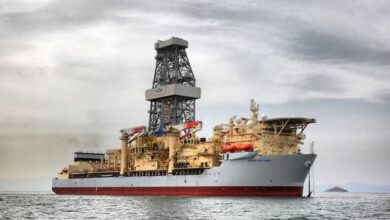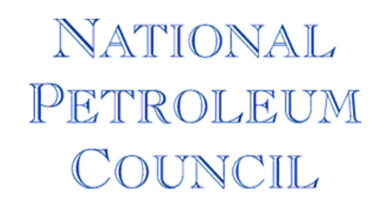Regulations, liabilities, legacy roles obstruct full marriage between MPD and well control
By Linda Hsieh, Managing Editor

Managed pressure drilling (MPD) is often still viewed as a contingency-type of service – helping operators drill the undrillable, for example – but the technology is beginning to outgrow that niche. In particular, experts who gathered at a drilling automation symposium on 16 March in London took a close look at automating MPD and well control together. “It’s quite logical to have MPD and well control married up,” Blaine Dow, Global Drilling Engineering Manager for M-I Swaco, a Schlumberger company, said. However, multiple barriers – regulations, liabilities and legacy roles and responsibilities – must be addressed before the full potential of MPD well control can be realized.
The pressure management benefits of MPD are already well documented – by closing the wellbore to atmospheric pressure, better understanding and control of downhole pressures can be achieved compared with conventional drilling. “That’s important when you start talking about automation, because in a managed pressure drilling state versus anything that happens in conventional drilling, you are in a far better position to understand everything pressure-related that’s going on with your well,” Mr Dow said at the symposium. The event was jointly held by the SPE Drilling Systems Automation Technical Section and the IADC Advanced Rig Technology Committee, in conjunction with the 2015 SPE/IADC Drilling Conference.
Looking at some of the potential barriers to MPD well control, Mr Dow noted that equipment and technology should no longer be considered obstacles. “Equipment, both in terms of pressure rating and volume capacity, are capable of handling (well control) events in MPD and automated well control states. Technology – both detection and control – also already exists. There’s nothing holding the industry back,” he said.
Where the obstacles remain are in regulations, liabilities and the industry’s traditional lines of roles and responsibilities. He cited the US Gulf of Mexico as an example where regulations provide “no opportunity to be statically below pore pressure with your fluid column. In that state, managed pressure drilling and well control theoretically can never come together unless something has actually gone wrong.”
Liability is another key aspect that impacts the industry’s ability to merge MPD and well control. Currently, MPD service providers typically take their equipment onto the drilling contractors’ rigs. Because historically it’s the drilling contractor that is responsible in a well control event, Mr Dow said, the service provider must hand over the well control event to the driller if one occurs.
This plays into another barrier – legacy roles and responsibilities. “Today, the way MPD and well control marry together is through a well control matrix or an MPD operating matrix,” he explained. These matrices effectively define pressures, flow rates and volumes that are measured before an MPD event is converted into a well control event. “At that transition point, you are handing control of pressure in the well that the MPD crew has had for the entire duration of the drilling process over to the driller.” Mr Dow questioned the logic behind such a transfer of responsibility, attributing it to “classic lines that are drawn in roles and responsibilities in the industry today.”
Looking to the future of MPD well control, Mr Dow noted that the barrier of liabilities could potentially be removed by integrating control of MPD equipment on the rig. “If the drilling contractor actually owns the MPD equipment as part of their rig, suddenly one of those main barriers of liabilities falls over quite quickly,” he said.
The human factors aspect, however, may prove harder to change – particularly as the industry remains far from reaching consensus on where responsibilities should fall for well control events in MPD situations. Regardless of such difficulties, however, Mr Dow stressed the logic behind and potential benefits of putting MPD and well control together.
Another incentive is fast-growing interest from operators. Just look at the North American shale plays, he said, where MPD is being used to address routine influxes. For one unconventional well in western Canada, 16 hours of nonproductive time was saved by using MPD, according to Mr Dow. “It’s becoming normal practice for eliminating that nonproductive time throughout the drilling process.”




